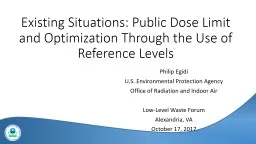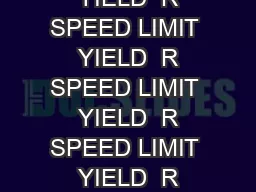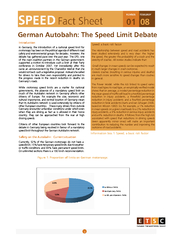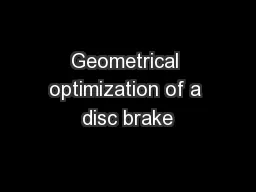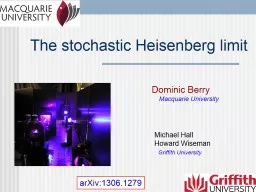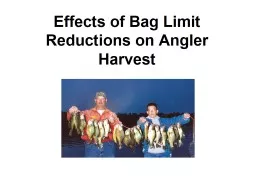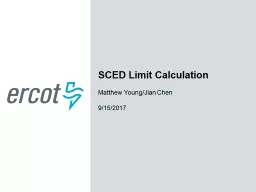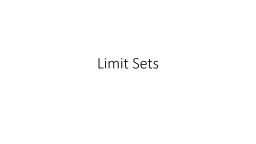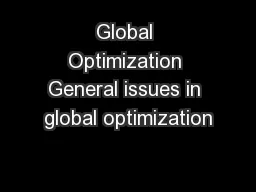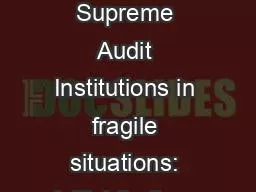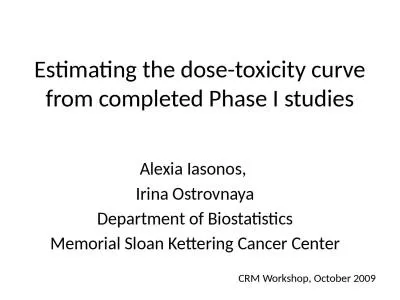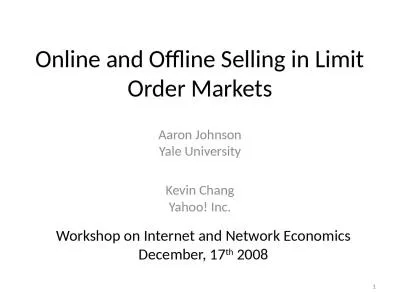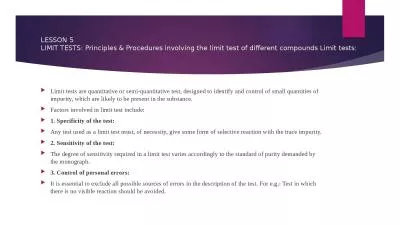PPT-Existing Situations: Public Dose Limit and Optimization Through the Use of Reference Levels
Author : lindy-dunigan | Published Date : 2018-03-20
Philip Egidi US Environmental Protection Agency Office of Radiation and Indoor Air LowLevel Waste Forum Alexandria VA October 17 2017 Usual Disclaimers Apply This
Presentation Embed Code
Download Presentation
Download Presentation The PPT/PDF document "Existing Situations: Public Dose Limit a..." is the property of its rightful owner. Permission is granted to download and print the materials on this website for personal, non-commercial use only, and to display it on your personal computer provided you do not modify the materials and that you retain all copyright notices contained in the materials. By downloading content from our website, you accept the terms of this agreement.
Existing Situations: Public Dose Limit and Optimization Through the Use of Reference Levels: Transcript
Download Rules Of Document
"Existing Situations: Public Dose Limit and Optimization Through the Use of Reference Levels"The content belongs to its owner. You may download and print it for personal use, without modification, and keep all copyright notices. By downloading, you agree to these terms.
Related Documents

